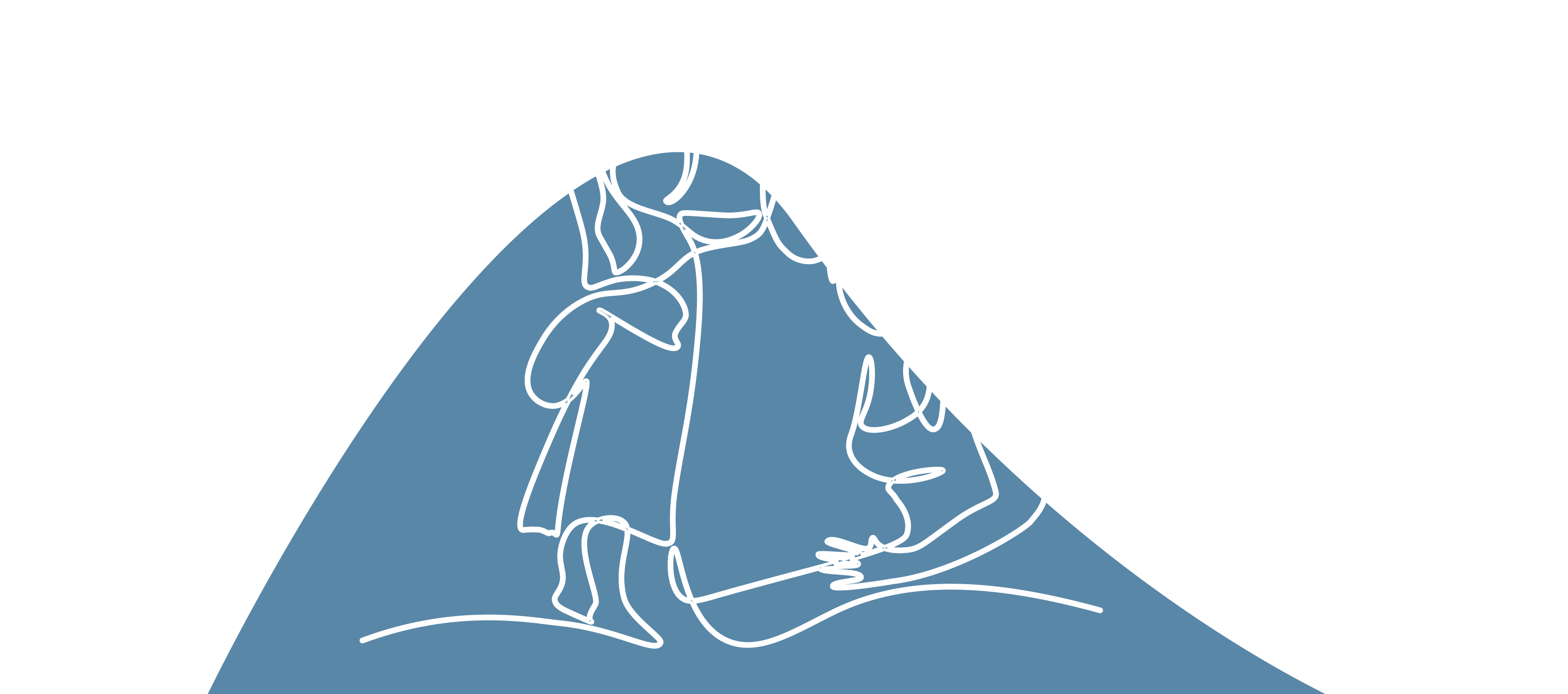- Home
- Child Safe Organisations
- Child Safe Standards
- ...
- Standard 4
Queensland's new child safeguarding law introducing Child Safe Standards commenced from 1 October 2025. Find out when you need to comply.
Equity is upheld and diverse needs respected in policy and practice.
Upholding equity and diversity helps build environments where every child feels valued, respected, supported and culturally safe. Equity should be reflected in every policy, decision and action, to ensure that all children have fair access to a safe, nurturing environment and healthy future. Equity requires that the unique needs of every child are met. This includes children from culturally and linguistically diverse communities, children who are refugees or asylum seekers, children with disability and children who identify as LGBTIQA+.
Challenge yourself to go beyond compliance and actively ensure that the unique needs of children from diverse cultures, backgrounds, abilities and identities are recognised, respected and met.
Actions you can take to apply this Standard in your organisation
- understand the diverse circumstances and needs of each child, provide culturally safe and trauma-informed support, and respond appropriately to those who need specialised support
- equip staff, volunteers and board members with the necessary training and skills to provide inclusive, trauma-informed and culturally safe supports and services to all children and develop proactive strategies to achieve this
- give children access to information, support and complaints processes in ways that are accessible and easy to understand
- where relevant to the organisation, provide children with educational opportunities to learn about different cultures, peoples and communities
- support the needs of Aboriginal and Torres Strait Islander children, children with disability, children from culturally diverse backgrounds, children who are refugees or asylum seekers, those who are unable to live at home, and LGBTQIA+ children engaging with your business or organisation
- make sure your Child Safety and Wellbeing policy ensures the safety and wellbeing of children from all backgrounds and it relates to all of your policies, programs and governance structures
- regularly review policies to ensure they address the needs of children from diverse backgrounds
- ensure recruitment policies and practices are equitable and reflect a range of diverse views.
What if you’re a sole trader, small business or volunteer community group?
- make sure you and your staff have the skills needed to provide inclusive services and support to the children and families involved with your business
- make sure the way you operate makes every child feel welcome, safe, respected, heard and valued.
How does cultural safety look?
- provide an environment that promotes and upholds the right to cultural safety for Aboriginal and Torres Strait Islander children and families
- seek feedback from Aboriginal and Torres Strait Islander families, communities, staff and volunteers about cultural safety in your business or organisation and take action on what they say
- ask your staff about what they need to strengthen their capability to create a culturally safe environment and take action what they say
- where you can, design your spaces to be welcome to and respectful of Aboriginal and Torres Strait Islander people and cultures.
Successful implementation looks like a business or organisation where:
- organisational policies explicitly address and support diversity, equity and inclusion for all children and staff and volunteers
- staff and volunteers demonstrate awareness of, and sensitivity to, diverse needs in their daily practices
- children from diverse backgrounds and their families and carers report feeling safe and respected in your organisation’s environment
- organisational materials and resources reflect diversity in language, imagery and accessibility
- staff report feeling that their voices are heard and that they can bring their cultural knowledge, worldviews and perspectives to their work.
Further guidance
In addition to the information above, please find below some more specific resources that may be helpful for you to meet this standard. This is not an exhaustive list of the resources that are available but is a useful starting point.
There are some practices and activities that many organisations are already doing that will meet this standard. Some of these will be relevant across several standards. For example the development of a Child and Youth Wellbeing Policy could cover several requirements.
- The NSW Office of the Children’s Guardian Secretariat has created a video outlining Standard 4. (While NSW and Queensland’s Standards have some differences, there are applicable messages.)
- The Commission for Children and Young People in Western Australia outlines how organisations can work effectively with Aboriginal children and young people
- The Victorian Children’s Commission provides an overview of the types of actions and documents an organisation would have in place to achieve this standard.
- National Principles for Child Safe Organisations Consultation Report – Children and Young People with Disability outlines key findings and recommendations to inform the development of resources that will support organisations to better keep children and young people with disability safe.
- Australian Institute of Family Studies - Understanding safeguarding practices for children with disability when engaging with organisations is a practitioner resource explores how an understanding of abuse and neglect relating to children with disability can assist in establishing child-safe organisations.
- Rainbow Health Australia – Rainbow Tick assessment tool LGBTQI+ is a resource to assess your organisation’s safety and consideration of LGBTQI+ young people.
- The AHRC, in partnership with Sport Australia and the Coalition of Major Professional and Participation Sports, provides guidance to sporting organisations to promote inclusion and participation of transgender and gender diverse people within organisations, with transferable strategies for other organisations.
- The Forcibly Displaced People Network provides free online training on the intersection of LGBTIQA+ Settlement.
- Minus18 provides resources on creating safe environments for LGBTIQ+ young people focused on health and wellbeing.
- The Multicultural Youth Advocacy Network (MYAN) provides good practice strategies to work with young people from refugee and migrant backgrounds.
- The eSafety Commissioner has online resources translated into multiple languages focused on safety.
Visit our Resources webpage for more information.
Last updated
1 October 2025


